He Said/She Said: Contemporary Women Artists Interject
Dec 17th, 2023 to Jul 21st, 2024
Hoffman Galleries
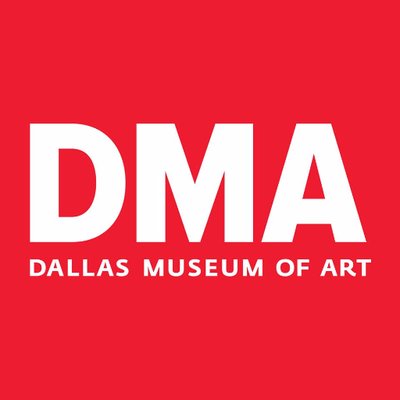
HE SAID SHE SAID: CONTEMPORARY WOMEN + KEIR COLLECTION +
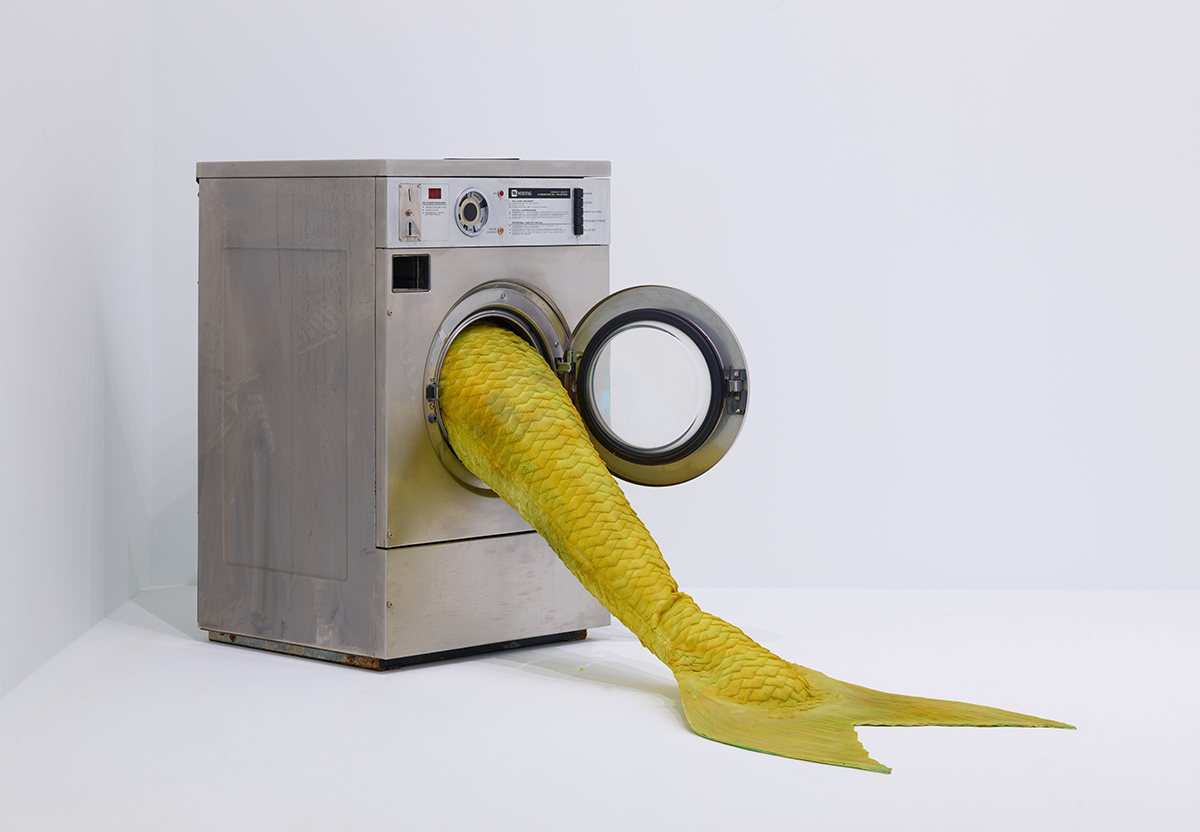
He Said/She Said: Contemporary Women Artists Interject
Dec 17th, 2023 to Jul 21st, 2024
Hoffman Galleries
Join women artists from the 1970s to today in questioning the myth of the sole male genius. The women artists featured in He Said/She Said: Contemporary Women Artists Interject strategically appropriate the contributions of male artists to create space for new, more inclusive narratives. Ranging from the feminist movement of the 1970s to young artists who are inspired by Surrealism, they create work that critiques gender norms, sexism, and racism. This exhibition features artworks from the DMA and from local collections, and a majority of the works are making their debut.
Images: Pergusa, 2019. Olivia Erlanger. Silicone, polystyrene foam, MDF, plywood, and Maytag washing machine. Dallas Museum of Art, TWO x TWO for AIDS and Art Fund, 2019.63.A–B. © Olivia Erlanger. Courtesy of the artist; Improved Janson: A Woman on Every Page, Kaleta A. Doolin. Altered text with red bookmark, Dallas Museum of Art, Lay Family Acquisition Fund, 2021.22. © Kaleta A. Doolin; After Man Ray (La Fortune): 6, 1990. Sherrie Levine. Mahogany, felt, and resin. Dallas Museum of Art, anonymous gift, 1999.108.A–H. © Dallas Museum of Art; South Central City Farm / Doing My Thang, 2022. Lauren Halsey. Acrylic, enamel, silver leaf, vinyl, and mirror on wood. Dallas Museum of Art, TWO x TWO for AIDS and Art Fund, 2023.2.A–C. Courtesy of David Kordansky Gallery. Photo: Allen Chen/SLH Studio; Bun Piece Dabs Forehead, Hand Lifts Rip, Thigh Left, 2020. Ivy Haldeman. Acrylic on canvas. Dallas Museum of Art, gift of Andre Sakhai, 2021.16. Courtesy of the Artist and François Ghebaly Gallery; The Slippers, 2019. Emily Mae Smith. Oil on linen. Dallas Museum of Art, gift of the John Marquez Family Collection, 2020.37. ©️ Emily Mae Smith; In His Image, 2021. Calida Rawles. Acrylic on canvas. Dallas Museum of Art, gift of Marcia and Jonathan Sobel, 2022.1. Courtesy the artist and Lehmann Maupin, New York, Hong Kong, Seoul, and London; Pledge, Will, Vow, 1988/2020 (still of Pledge). Barbara Kruger. Three-channel video installation, sound: 5:35 min. 35 sec., edition 3 of 4, +2 AP. Dallas Museum of Art, TWO x TWO for AIDS and Art Fund, 2023.18.A–C. Courtesy the artist, Sprüth Magers, and the Dallas Museum of Art.
He Said/She Said: Contemporary Women Artists Interject is organized by the Dallas Museum of Art. Free General Admission to the Dallas Museum of Art is made possible with generous support from the Robert Gerard Pollock Foundation. The Dallas Museum of Art is supported, in part, by the generosity of DMA Members and donors, the Texas Commission on the Arts, and the City of Dallas Office of Arts and Culture.

The Keir Collection of Islamic Art Gallery
Apr 18th, 2017 – Dec 31st, 2024
Assembled over the course of five decades by the noted art collector Edmund de Unger (1918–2011), the Keir Collection is recognized by scholars as one of the world’s most geographically and historically comprehensive. Consisting of nearly 2,000 works, it spans from the Western Mediterranean to South Asia and across more than 13 centuries. It includes luxurious carpets and textiles; notable metalwork; rare works in rock crystal; lavish Qur’ans and illustrated manuscripts; and exceptional ceramics. The collection is considered an indispensable resource for scholarship in the field of Islamic art.
On long-term loan to the DMA, the Keir Collection supports the Museum’s emphasis on cultural exchange and is part of the DMX program, which is designed to foster international communication and collaboration. The 15-year loan of this expansive collection advances the DMA’s growing focus on new models for collection-building and cultural exchange and on transforming its Islamic art collection into the third largest of its kind in North America.
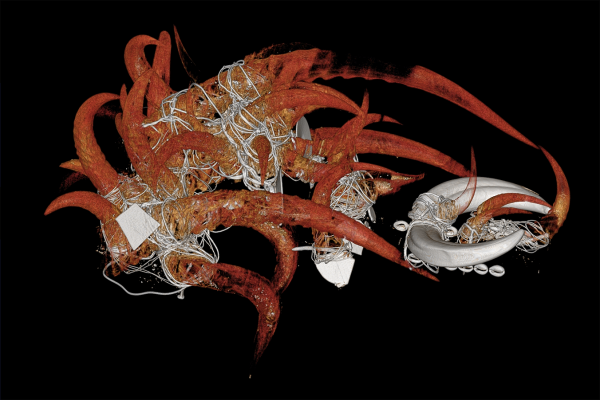
Not Visible to the Naked Eye: Inside a Senufo Helmet Mask
Nov 23rd, 2019 – Feb 1st, 2026
The DMA’s Conservation and Arts of Africa departments, in an exciting and cutting-edge collaboration with UT Southwestern Medical Center, will present CT scans of a Senufo helmet mask from the Museum’s African art collection. This kind of mask is worn like a helmet by a medium at initiations, funerals, harvest celebrations and secret events conducted by the powerful male-only Komo society, which has traditionally maintained social and spiritual harmony in Senufo villages in Côte d’Ivoire, Mali, and Burkina Faso. Visible attachments on the mask include a female figure, cowrie shells, and imported glassware. The CT-scans reveal unexpected materials beneath the surface and objects contained in the attached animal horns that empower the mask.
Dr. Matthew A. Lewis and Dr. Todd Soesbe, faculty members of the Department of Radiology at the Medical School of The University of Texas Southwestern Medical Center, assisted with this exhibition.
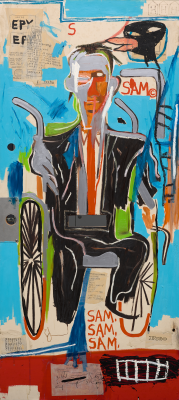
Jean-Michel Basquiat was one of the most important and celebrated American painters of the 1980s. Gifted to the DMA by the late Samuel and Helga Feldman, Sam F is the first work by the iconic artist to enter the Museum’s collection. The expressionistic portrait of Samuel exhibits Basquiat’s characteristic use of meaning-laden text and imagery drawn from multiple sources, including pop culture figures, music and literature, and art historical iconography.
Basquiat created Sam F during a visit to Dallas in 1985. He was invited by contemporary art consultant Marcia May and her husband Alan to attend the DMA’s opening reception for the exhibition Primitivism in 20th Century Art. The artist stayed at the May residence for several weeks and regularly visited with the Feldmans, who lived in the same apartment complex. Basquiat often painted on salvaged materials, and Sam F is painted in oil on a door from the complex.

Mud cloth, or bogolanfini, originated among the Bamana peoples of Mali and its designs can be spotted in products across the world, although the source is not always credited. Bamana peoples used the dye-decorated cloth to make tunics for male hunters and wrappers for females to mark the most important milestones in their lives. While the cloth was previously associated with rural village life, today bogolanfini is worn by urban people, identifying them as native Malians.
The culturally significant designs on bogolanfini are painted by women with a dye made from fermented mud onto cloth handwoven by men. This exhibition explores the complete labor-intensive process and identifies how the distinctive patterns have been used in Western products, from designer clothing to home furnishings.

Step into the artwork of renowned multidisciplinary artist Rashid Johnson with this exhibition of The New Black Yoga Installation. Gifted to the DMA by the artist in 2022, this multimedia work combines a video projection and branded Persian rugs to create an experience that is, at once, intense and intimate. The film features five Black men performing an enigmatic dance of ballet, yoga, tai chi, and martial arts across a sun-soaked beach, exploring the complexity of personal and cultural identity. Their choreographed movements reflect Johnson’s ongoing meditations on Black masculinity and mysticism, as well as his investigations of the body in space. Rugs branded with crosshairs, a symbol that is etched into the sand in the video, are situated throughout the gallery, projecting the film’s combined sense of peace and foreboding into physical space.
Rashid Johnson will be honored for his contributions to contemporary art at the 2022 TWO x TWO for AIDS and Art Gala and Auction, a charity auction that benefits both the DMA and amfAR, the Foundation for AIDS Research.
Focus On: Rashid Johnson is organized by the Dallas Museum of Art. The Dallas Museum of Art is supported, in part, by the generosity of DMA Members and donors, the National Endowment for the Arts, the Texas Commission on the Arts, and the citizens of Dallas through the City of Dallas Office of Arts and Culture.
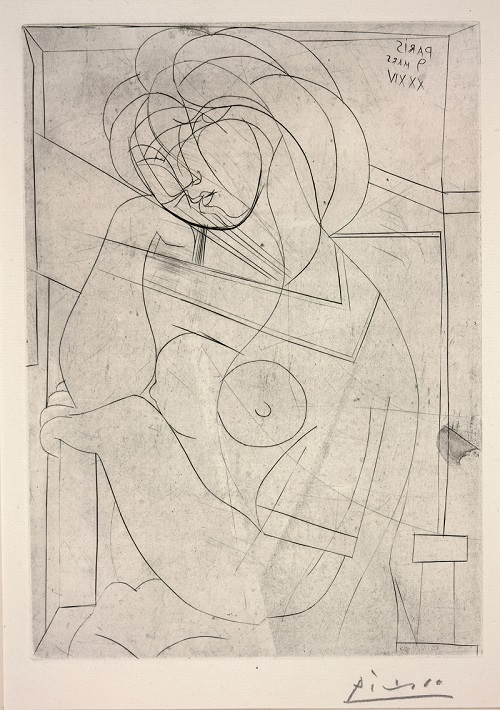
Picasso’s Muses: Between Inspiration and Obsession
Apr 29th, 2023 – Jan 7th, 2024
A man often understood as synonymous with “modern art” itself, Pablo Picasso (1881–1973) had an enormous artistic output throughout his long career that cemented his legacy as a household name even today. Picasso’s name and legacy are also undivorceable from the misogynistic or abusive behavior he demonstrated toward women. The artist was inspired by his lovers, who served as muses for his ever-changing style. These women were key to Picasso’s artistic success and fame, yet their contributions are often overlooked. Through works on paper from the DMA’s collection, Picasso’s Muses: Between Inspiration and Obsession celebrates the muses in Picasso’s oeuvre 50 years after the artist’s death.
Admission is free.
Picasso’s Muses: Between Inspiration and Obsession is organized by the Dallas Museum of Art. The Dallas Museum of Art is supported, in part, by the generosity of DMA Members and donors, the National Endowment for the Arts, the Texas Commission on the Arts, and the citizens of Dallas through the City of Dallas Office of Arts and Culture.
image: Woman in an Armchair Dreaming, Her Head Resting on Her Hand, March 9, 1934. Pablo Picasso. Engraving. Dallas Museum of Art, gift of Mr. and Mrs. Alfred L. Bromberg, 1956.24. © 2023 Estate of Pablo Picasso / Artists Rights Society (ARS), New York